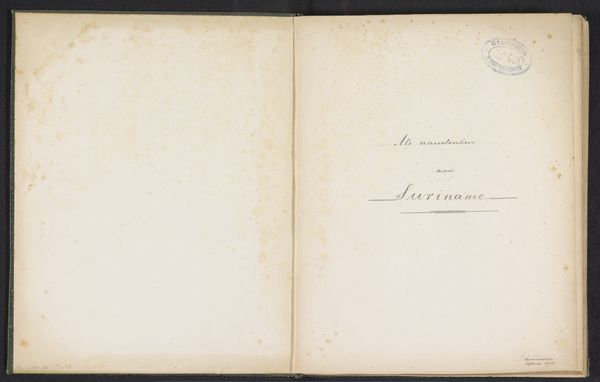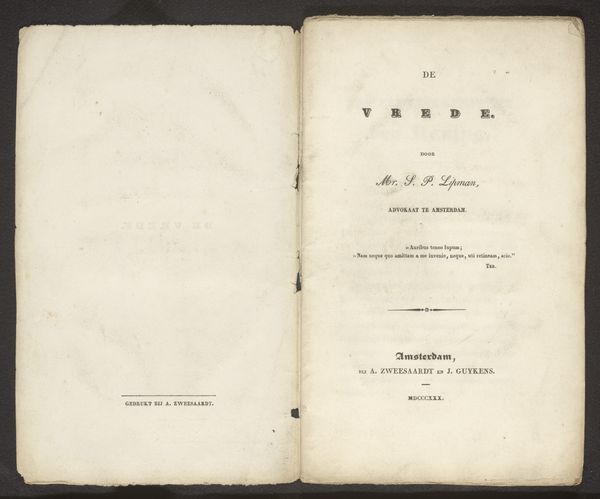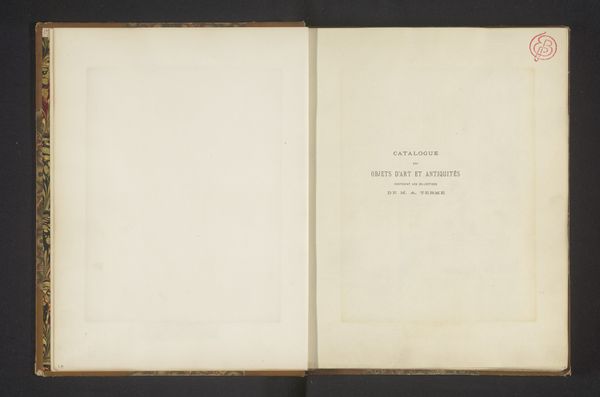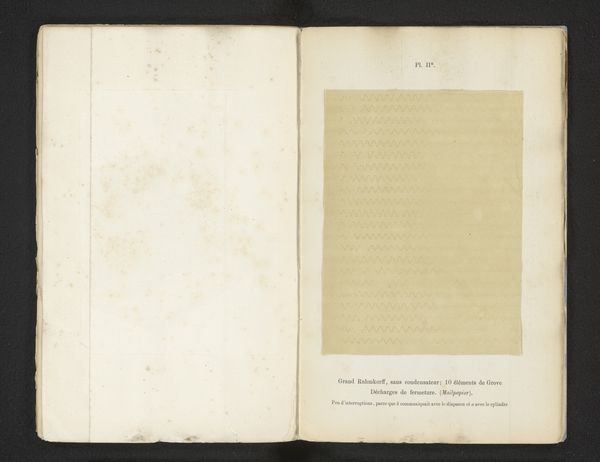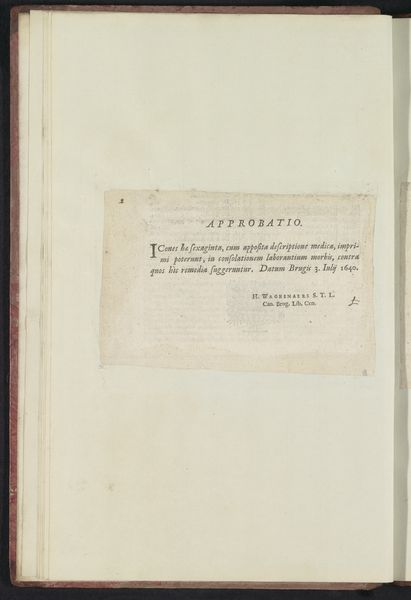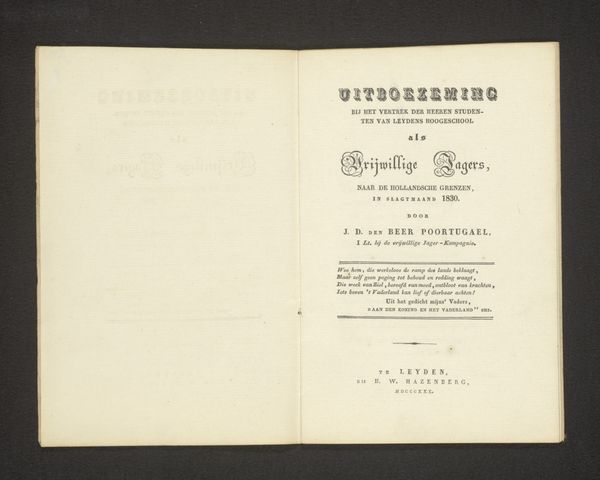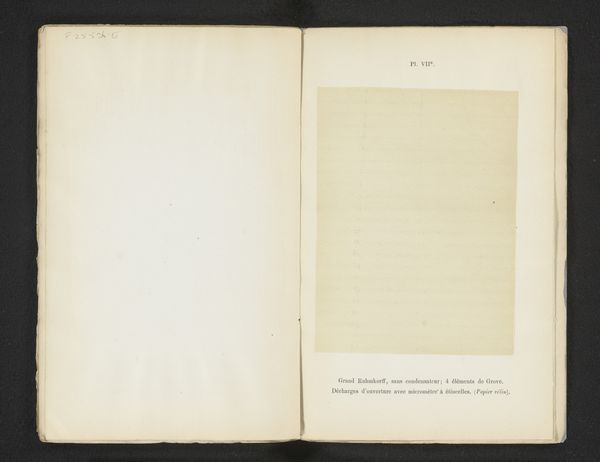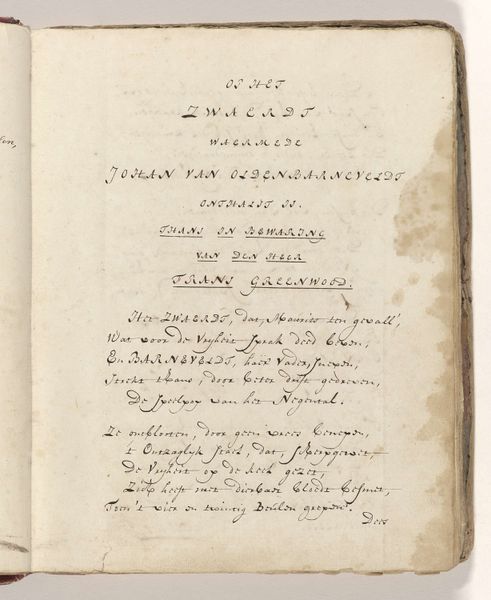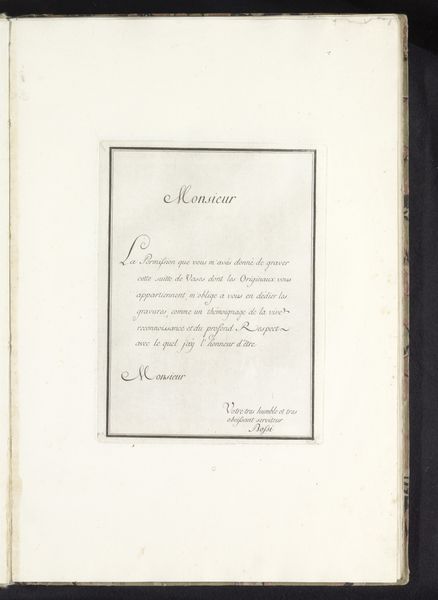
graphic-art, print, engraving
#
graphic-art
#
neoclacissism
#
aged paper
# print
#
sketch book
#
hand drawn type
#
hand lettering
#
personal sketchbook
#
hand-written
#
hand-drawn typeface
#
pen work
#
sketchbook drawing
#
decorative-art
#
sketchbook art
#
engraving
Dimensions: height 588 mm, width 435 mm, thickness 30 mm
Copyright: Rijks Museum: Open Domain
Editor: This is a print from an album titled "Album met twee series ornamentprenten" by Andrea de Bernardis, created in 1787. It's a series of ornament prints rendered as engravings. What really catches my eye is the script – it’s so delicate and intentional. How would you interpret this work, considering its historical context? Curator: Well, seeing this from a historian's perspective, I'm immediately drawn to the Neoclassical style and what it represents. In the late 18th century, Neoclassicism was much more than just an aesthetic; it was deeply tied to social and political aspirations. Notice the precise lines, the balanced composition, the attempt to recapture a perceived “golden age” of the classical world. Editor: Right, the way it’s almost trying to revive a past era… Curator: Exactly! Consider the socio-political landscape at the time. The Enlightenment was in full swing, challenging the established order, but these idealized ornament prints also indirectly serve as a quiet commentary on civic virtue and order amid societal upheaval. What sort of audience do you think this album was intended for? Editor: Probably other artists or wealthy patrons, for inspiration… something functional? Curator: Precisely. Ornament prints like these would have circulated amongst artisans and designers to shape tastes, thereby propagating and reinforcing a certain visual language within the culture. So this "simple" book ends up playing a vital role in the construction of public visual culture and political values. Editor: That’s a powerful thought. So the role of these kinds of objects were much more central than I thought… It really makes you see them differently. Curator: Indeed, these ornamental engravings exemplify the crucial position artworks occupy in public life beyond mere aesthetics.
Comments
No comments
Be the first to comment and join the conversation on the ultimate creative platform.
